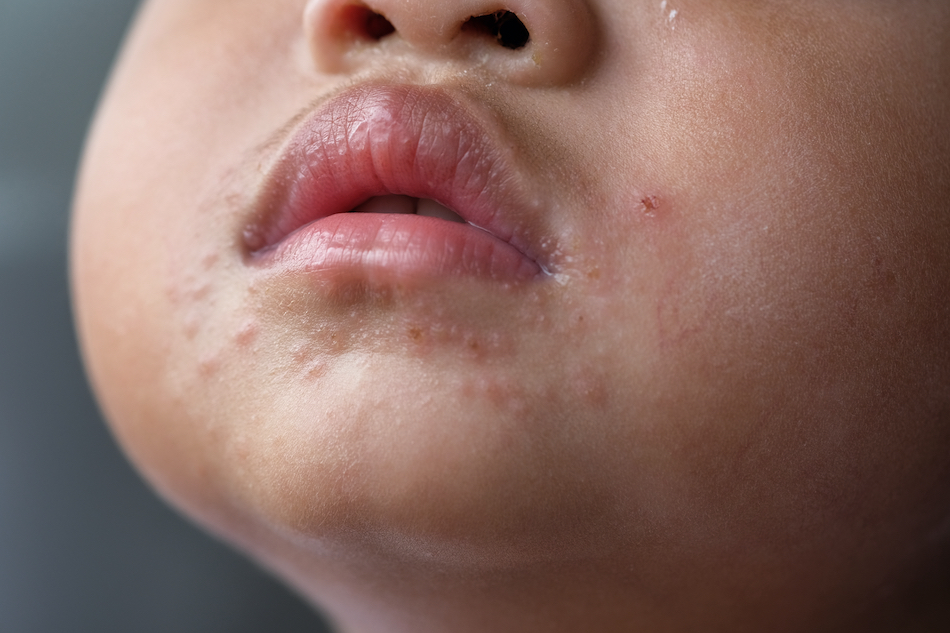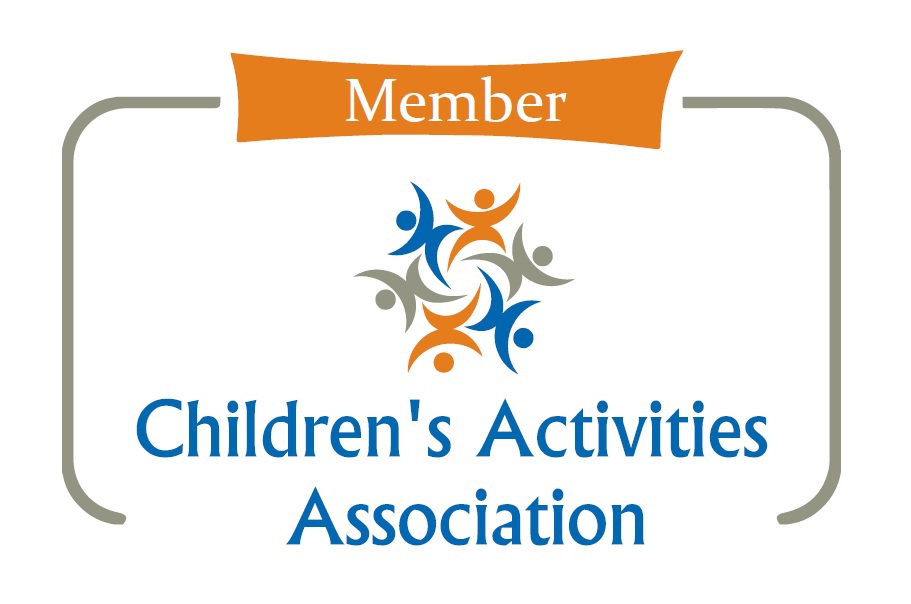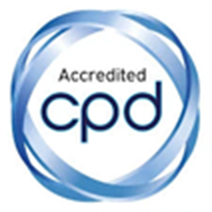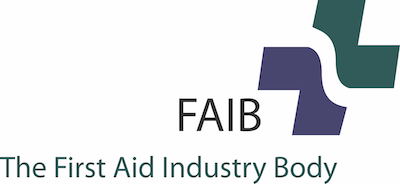This very common childhood illness that can spread like wildfire is especially common in the early Autumn. Read on to find out how to spot it, treat it and prevent it in the first place!
What is hand, foot and mouth?
Hand, foot and mouth disease is a virus which is part of the coxsackievirus group. Contrary to popular belief it has absolutely nothing to do with foot and mouth disease that affects farm animals such as cows and sheep!
Hand, foot and mouth is most common in children under 10, and especially common in children under 4, but people of any age can get it. It’s pretty unpleasant and can be unsightly, but is usually mild and most people recover within a week or two. However, you CAN get it more than once.
How does hand, foot and mouth spread?
Unfortunately, hand, foot and mouth is SUPER contagious, and spreads easily through groups of children in nurseries and schools via coughs and sneezes. It can also be spread in poo and by direct contact with the fluid that fills the infected blisters. This explains why it is incredibly common in nursery and reception age children when you consider the “quality” of handwashing and propensity of snotty runny noses at this age.
So what are the symptoms to look out for? You can expect symptoms to appear 3 to 7 days after becoming infected – this is the incubation period of the virus. For the first few days, look out for your child feeling generally “unwell” with:
Obviously, the above symptoms are very similar to many other viral infections, but within a few days, a child with hand, foot and mouth will go on to develop:
|
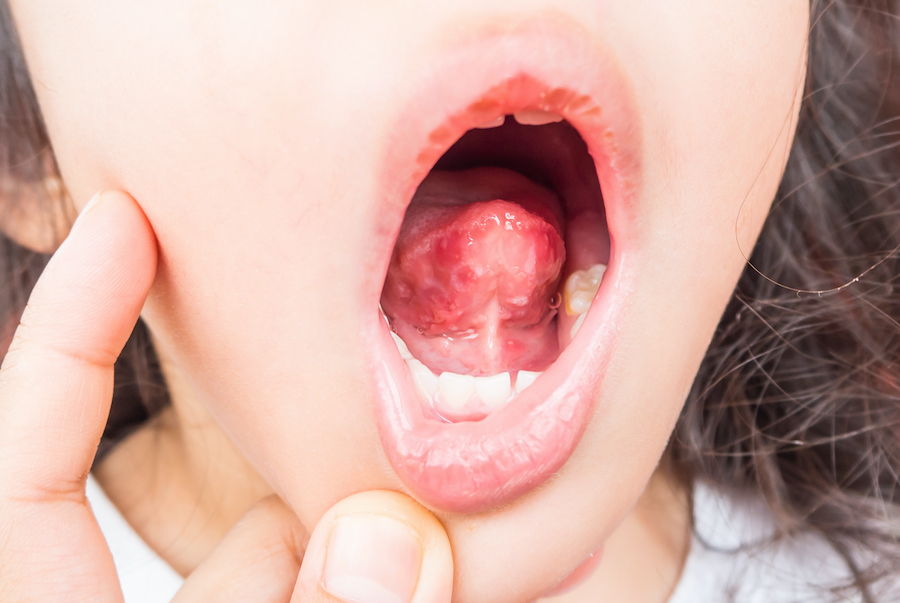 |
The ulcers in the mouth and on the tongue are most common on the roof of your mouth, inside of your cheek or on your tongue. They can be painful and make it difficult to eat or drink.
The spots and blisters on hands and feet develop soon after the blisters in the mouth. The raised spots can look pink, red or darker than surrounding skin, depending on your skin tone. The spots become blisters which appear grey or lighter in colour than the surrounding skin and can be painful and /or itchy.
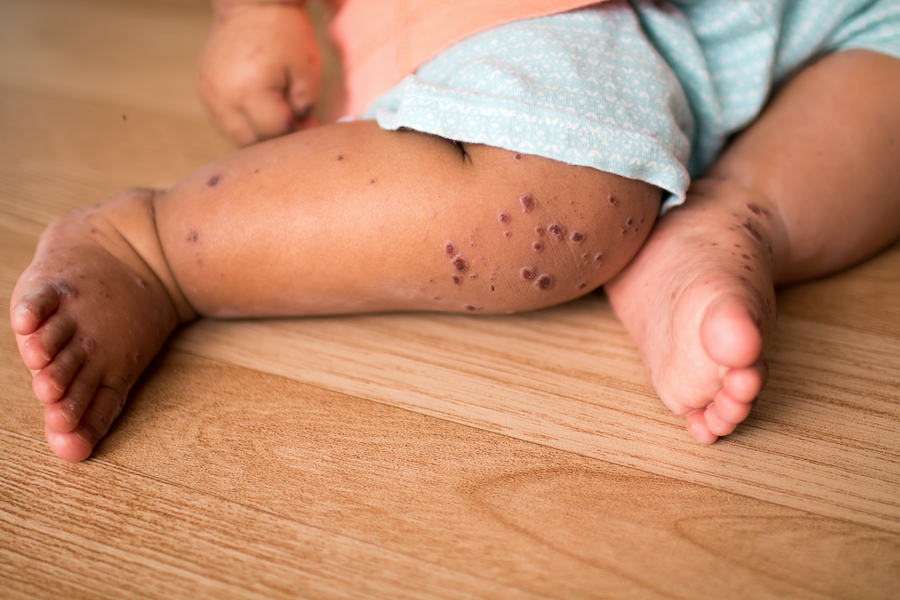 |
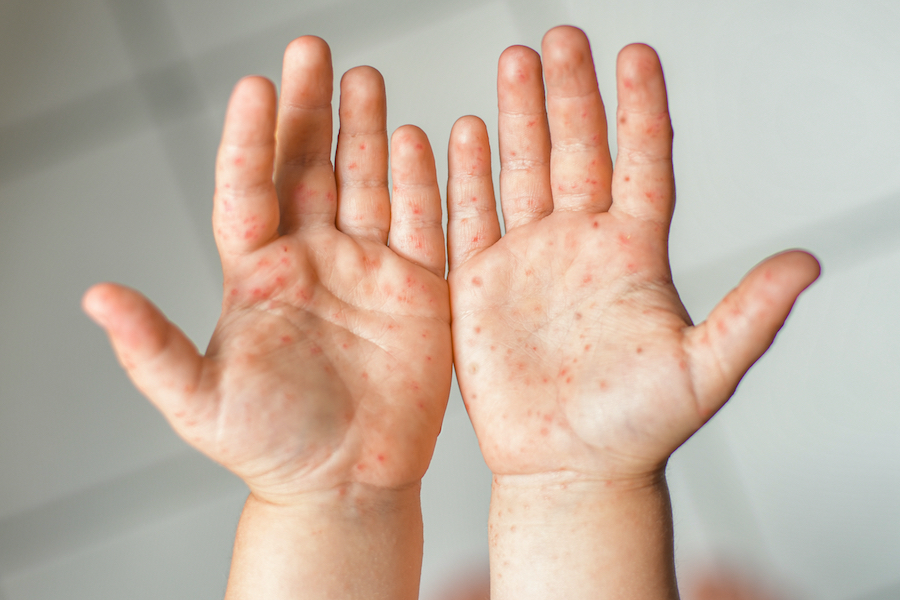 |
The spotty, blistery rash is usually more widespread in younger children and babies, who can also develop the spots on their bottom, groin area and thighs. Older children and adults sometimes just develop the spots and blisters in and around their mouths.
How do I treat hand, foot and mouth at home?
Hand, foot and mouth can usually be treated at home, and symptoms tends to clear up within 7-10 days. Antibiotics won’t help with hand, foot and mouth because it is caused by a virus, not a bacterial infection.
If your child gets a painful bout of hand, foot and mouth, there are lots of things you can do to ease their symptoms:
- Make sure they have plenty of drinks so they don’t get dehydrated but avoid acidic drinks like fruit juice that can aggravate the mouth sores. They might not want to drink because of the sores so it’s really important you encourage them to do so. Try ice lollies if you are really struggling to get some much needed liquid in.
- Prepare soft, cold foods like yoghurt, cream cheese and cucumber and avoid hot foods – both in temperature and spice level where possible. Remember your child may not have much of an appetite
- You can give the appropriate dose of paracetamol or ibuprofen according to your child’s age – this will help ease symptoms like the sore throat and fever
- Use scratch mitts on small babies to prevent them bursting the blisters as this could lead to a bacterial infection. Try a pair of silly socks on an older child’s hands and make it into a game!
- Speak to a pharmacist about treatments that might be suitable for your child, such as mouth ulcer gels and sprays to relieve pain – for example you can use teething gels in babies older than 5 months to soothe painful mouths
Under what circumstances would I need to take my child to a doctor?
- Make an appointment to see your doctor if your child’s symptoms do not improve after 7-10 days
- Your child has a very high temperature, or feels hot and shivery
- Your child is dehydrated – you can tell this as they will not wee as frequently as usual
- You are concerned the blisters have become infected – if one or more areas of skin become very red, followed by a high temperature, your child may have developed a secondary bacterial infection so it is important they see a doctor
How does hand, foot and mouth affect pregnancy?
It isn’t thought that catching hand, foot and mouth poses any risk to your developing baby, HOWEVER it is sensible to avoid close contact with anyone with an infection, especially as you near your due date. This is because your baby could be born with a mild version of hand, foot and mouth. So if you’ve been in close contact with an infected person, or have any sort of a rash, always speak with your GP or midwife for advice.
Is there any way I can prevent my child catching hand, foot and mouth?
Hand, foot and mouth is really tricky to avoid, because it can be spread during the incubation period when there are no visible symptoms. Having said this, the most infectious time is when the blisters (which follow the spots) and mouth ulcers are present. If your child attends a child care setting it may be really hard to avoid, but there are a few things you can do to minimise the risk of catching hand, foot and mouth:
- Wash your child’s hands frequently with soap and water – and the hands of any other children in your care – this is *hopefully* something little children have got very good at over the last 18 months!
- Encourage your child to use a tissue if possible when coughing or sneezing, and chuck them in the bin as soon as possible! If no tissues are to hand, limit virus droplets spreading by teaching them to sneeze into the crook of their arm
- Avoid sharing cups, cutlery and towels with anyone who is infected
- Try to discourage scratching or squeezing the blisters – the virus is actually contained in the fluid so you don’t want it escaping!
- Keep your child off nursery or school if they are feeling unwell and try to avoid contact with other people, especially pregnant people, whilst your child is symptomatic
So that is everything you need to know about this highly contagious childhood disease. Chances are your child will develop hand, foot and mouth at some point, so we hope this has helped you feel ready to deal with it!
All the best, The Mini First Aid Team x
Sources: NHS UK, bupa.co.uk
Our Large Family First Aid Kit
 Best Safety Product Gold Winner at the Mother&Baby Awards 2024, this comprehensive pouch contains 115 hospital grade first aid essential items. It is perfect for everyday emergencies, minor illnesses and injuries and includes a digital thermometer which is great for picking up a high temperature that can often come with chickenpox. The kit also includes an instant cold pack, CPR mask, assorted plasters, wipes, bandages, paramedics' recommended shears, and much, much more. The kit features a child-friendly touch and has bravery stickers to comfort little ones, making it perfect for family use.
Best Safety Product Gold Winner at the Mother&Baby Awards 2024, this comprehensive pouch contains 115 hospital grade first aid essential items. It is perfect for everyday emergencies, minor illnesses and injuries and includes a digital thermometer which is great for picking up a high temperature that can often come with chickenpox. The kit also includes an instant cold pack, CPR mask, assorted plasters, wipes, bandages, paramedics' recommended shears, and much, much more. The kit features a child-friendly touch and has bravery stickers to comfort little ones, making it perfect for family use.
